NOTICE
My involvement with xPL has come to an end. Automation has moved on considerably over the past few years, and it is now possible to buy a stand-alone controller off the shelf for a reasonable price, without having to spend hours writing your own code.
This website is being maintained as a record of my xPL development work up until 2011.
I have released the full source code of all my xPL projects into the public domain. You can download the archive from here.
Mal
Although X10 powerline modules have a well deserved reputation for slow response times and unreliabilty, the X10 RF modules do not suffer from these problems and can prove to be very useful additions to any PC-centric Home Automation installation.
The key to unlocking the power of X10 RF is to use a PC-based receiver rather than an X10 powerline transceiver or alarm console. There are several receivers available, but very few can decode signals from all the available X10 RF devices, and many suffer from short range. The best choices are the RFXCOM receivers or the W800RF32, and these are the only X10 RF receivers supported by the xPL project.

Supported Devices
X10 RF devices can be grouped according to the format of the messages they transmit:
Security - used by X10 security sensors and alarm systems.
Audiovisual - commands for controlling AV equipment.
RFXCOM 1-Wire® Sensors.
One device not listed but that should be mentioned is the Digimax 210 wireless thermostat. This also uses a variant of the X10 RF system, but unfortunately it sends 44bit codes instead of the usual 32bit codes that are handled by the W800RF32. If you want to pick up Digimax messages, you will need to use an RFXCOM receiver instead.
 Standard X10 RF Transmitters
Standard X10 RF Transmitters
These are the devices that send standard X10 RF commands, complete with house, unit and function codes. They were originally designed to be used with the TM13 transceiver module that converts RF into powerline commands.
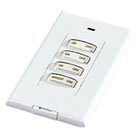
SS13 Stick-On Switch
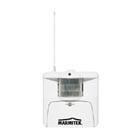
MS13 PIR Movement Sensor

KR22 Credit Card Remote

KR19 Keyfob Remote

HR10 Handheld Remote

MK19 Mouse Remote
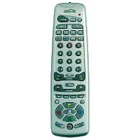
8-in-1 Multimedia Remote
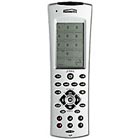
EasyTouch Remote

PC Control Remote
 X10 Security Transmitters
X10 Security Transmitters
Security devices are designed to be used with the various X10-enabled alarm consoles. As such they do not use the same codes as the standard X10 transmitters, and their messages cannot be converted to the house-code/unit-code/function-code system used by X10 powerline devices. The xPL services get around this problem by using the xPL remote.basic schema and the new security schemas for X10 Security messages.
Note that the SH624 Handheld Security Remote sends some of its commands in the security format, and others in the standard X10 format. The xPL services handle the entire set of SH624 commands without a problem, using the x10.basic, remote.basic and security schemas as appropriate.
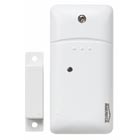
DS10 & DS90 Door/Window Sensors
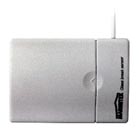
GB10 Glass-Break
Detector
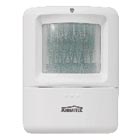
MS10 & MS90 Motion
Detectors
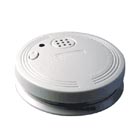
SD90 Smoke Detector
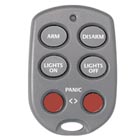
KR21 Security Keyfob
Remote
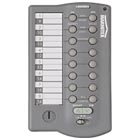
SH624 Handheld Security
Remote

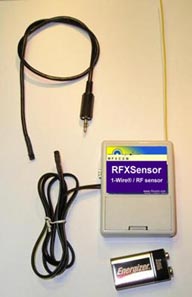
RFXCOM has developed a battery-powered temperature sensor based on the DS18B20 1-Wire® device. The unit can have up to two sensors attached, and reports changes in temperature to a precision of 0.5C, using a variation of the X10 RF system.
The messages can be read by both the W800RF32 and RFXCOM receivers. The xPL services decode these and broadcast them to the xPL network using the sensor.basic schema.
The services also keep track of the minimum and maximum temperatures measured, and include them in their sensor.basic messages.

Audiovisual

Some newer X10 remote controls, such as the "Entertainment Anywhere" remotes and the Marmitek 9645 "PC Control" send additional RF commands for controlling PC-based media player software. The commands are in a different format to the standard X10 or security commands, but with either aW800RF32 or RFXCOM receiver and xPL service, they can still be read and broadcast over the xPL network.








